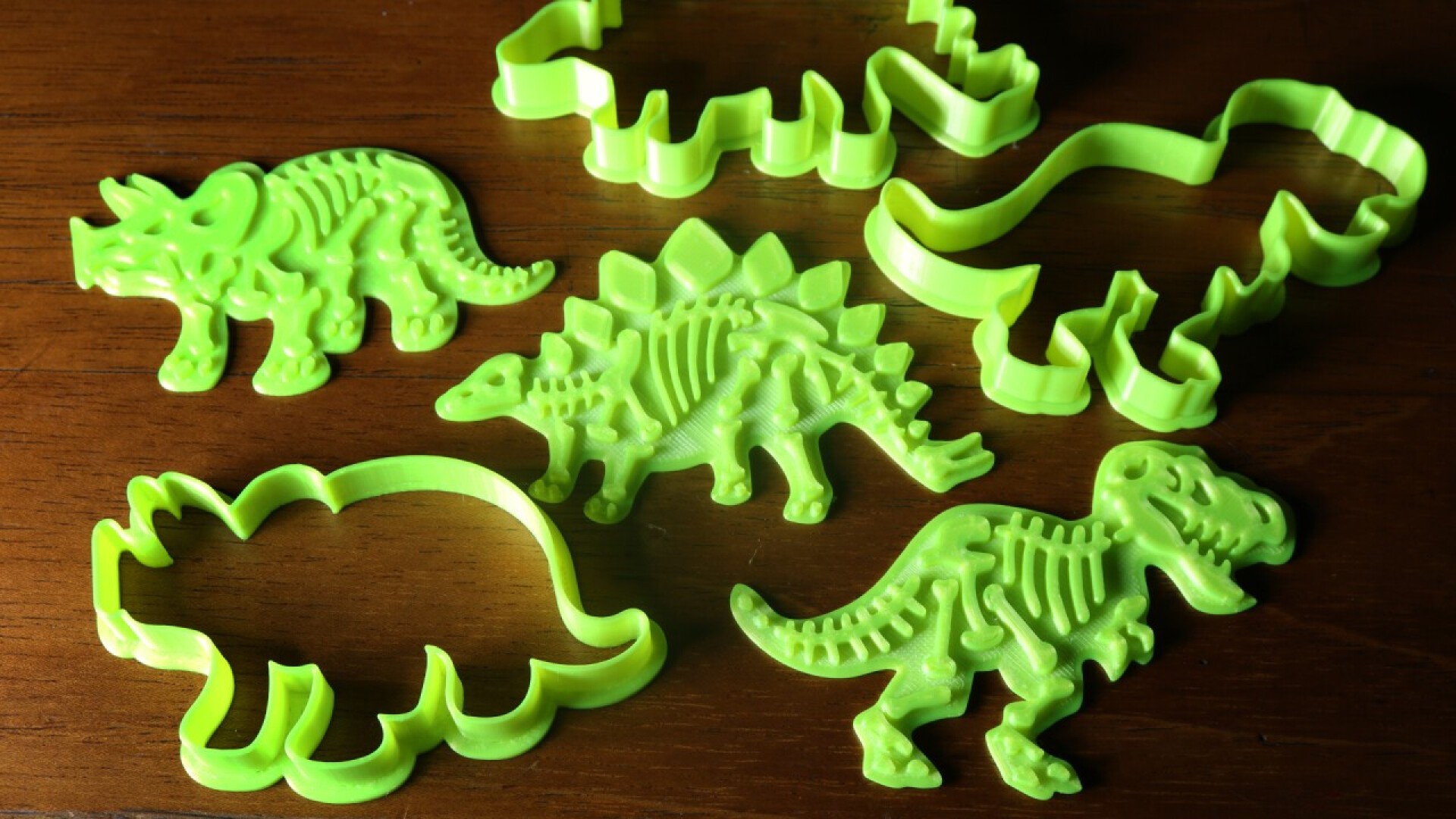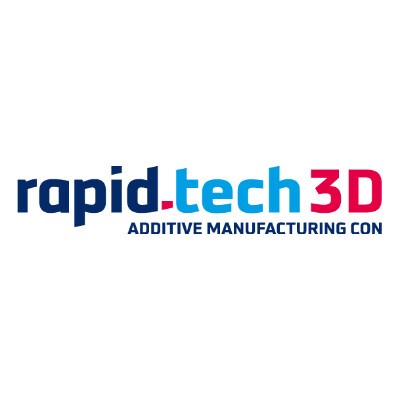3D printing for the household
3D printing in the home is changing the production of household items. 3D printers can be used to create customized objects such as spare parts, decorations or kitchen utensils right at home. The technology promotes creativity, sustainability and efficiency.
Household 3D printing is changing the tried and tested practices of how we make and use everyday objects. With this technology, individual designs and tailor-made solutions can be realized right from the comfort of your own home. Whether it is spare parts for household appliances, matching decorations or functional tools, the possibilities are almost endless. Access to 3D printers is becoming increasingly affordable, allowing a wide range of people to put their creative ideas into practice. By using special printing materials, a variety of objects can be produced that are not only functional but also durable. Home 3D printing also promotes sustainability by reducing waste and minimizing the need for mass production. With the constant development of printing technology and the increasing availability of user-friendly software, 3D printing is becoming an indispensable tool in modern homes.
Experts from the 3D printing industry will present their latest innovations and technologies at rapid.tech 3D, one of the leading trade fairs for additive manufacturing. This is where experts meet to exchange ideas and network about the future of 3D printing in the home and beyond.
Ideas for 3D printing for the household: From practical kitchen helpers to individual spare parts
3D printing for the home offers a wealth of creative and practical possibilities as well as ideas that enrich and simplify everyday life. With a 3D printer, numerous individual projects can be realized that are not only functional, but also beautify the personal environment. Here are some concrete ideas on how 3D printing can be used sensibly in the home.

A common area of application for 3D printers in the home is the kitchen. Here, custom-fit kitchen utensils and appliances can be produced. One idea is individual cookie cutters that can be printed in any imaginable shape and size. This variety of shapes makes it possible to personalize baking creations, be it for birthday parties, holidays or just for fun. Other practical kitchen gadgets such as measuring cups that are precisely tailored to specific recipes or spatulas and spoons that fit perfectly in certain pots and pans are also easy to make.
Another idea where additive manufacturing is useful is repairing household appliances. Small parts often get lost or break, and spare parts are hard to come by. With a 3D printer, such parts can be easily reprinted. A broken knob on the washing machine or a defective part in the vacuum cleaner can be replaced quickly and inexpensively. This ability to repair quickly not only saves money, but also reduces waste.

3D printing also offers numerous ideas for organizing the home. Storage boxes and shelving systems can be adapted precisely to the available space and individual needs. Cable holders and socket organizers help to create order in the home office or living room and eliminate the annoying tangle of cables. Such solutions are not only practical, but also give the room a tidy and well-thought-out appearance.

Materials and filaments for household goods with 3D printers
Choosing the right materials and filaments plays a key role in 3D printing household items to achieve the desired results. Different filaments offer different properties that can be used optimally depending on the application.
A frequently used filament is PLA (polylactide), which is characterized by its ease of use and environmental friendliness. PLA is ideal for decorative objects, kitchen utensils and toys. Its ease of processing makes it particularly popular with beginners and hobby printers. Whether individual vases, tailor-made cutlery holders or unique toy figures - numerous projects can be realized with PLA.

For more robust applications in the home, ABS (acrylonitrile butadiene styrene) is a good choice. This material is more durable and heat-resistant than PLA, making it ideal for producing durable everyday items. Spare parts for household appliances, brackets and tool handles can be printed from ABS and can easily withstand everyday wear and tear.
Another versatile filament is PETG (polyethylene terephthalate glycol), which offers a combination of flexibility and strength. PETG is particularly suitable for applications that require a certain degree of elasticity. PETG is also used in the kitchen area because it is food-safe and easy to clean.
TPU (thermoplastic polyurethane) is a flexible and rubbery material that is perfect for producing soft and elastic objects. For example, TPU can be used to print custom handles and ergonomic aids.
Wood filaments, which consist of a mixture of PLA and wood fibers, offer the possibility of printing objects with a natural wood look for the home. These filaments are ideal for decorative objects and furniture parts. For example, wood filaments can be used to create custom-made picture frames, furniture knobs and decorative sculptures that have a warm and natural look.
Metal filaments allow the creation of objects with a metallic finish. These filaments are ideal for decorative elements and jewelry. Key chains, medals and small sculptures made from metal filaments add a classy and industrial touch to the home.

Finally, filaments with special properties such as conductive materials also offer interesting possibilities. Conductive filaments can be used to print simple electronic components and circuits that are useful in DIY projects and household repairs. These filaments make it possible to create innovative and functional objects that go beyond mere decoration.
Benefits of 3D printing for household items
3D printing offers numerous advantages in the home that can make life much easier and enrich it. Here are some of the most important advantages:
- Individual customization: With a 3D printer, objects can be designed according to one's own ideas and needs. Whether tailor-made kitchen utensils, precisely fitting spare parts or unique decorative objects - the possibilities for personalization are almost unlimited.
- Rapid prototyping: For hobbyists and inventors, additive manufacturing is ideal for quickly creating prototypes and models. This makes it possible to quickly visualize and test ideas before they are further developed.
- Creativity and innovation: A 3D printer in the home promotes creativity and makes it possible to find innovative solutions to everyday problems. New ideas can be quickly turned into reality and tested.
- Availability and flexibility: 3D printers for household items are now affordable and easily accessible. This makes it easier than ever to use and benefit from this technology in your own home.
- Reduction of waste: 3D printing allows only the materials actually needed to be used. This reduces material waste compared to traditional manufacturing methods, which often produce large amounts of excess material.

Disadvantages of 3D printing for household items
Although there are many benefits to home 3D printing, there are also some disadvantages to consider:
- Cost of purchase and operation: A good 3D printer can be expensive, and there are additional costs for consumables such as household filaments. High-quality printers and materials can quickly add up.
- Technical challenges: Operating a 3D printer requires technical knowledge and skill. Problems such as print errors, nozzle blockages, and adhesion issues on the print bed can occur and often require manual troubleshooting.
- Limited material selection: Although there are many different filaments, most 3D printers are limited to certain materials. Some special materials that require special properties can be more expensive or harder to work with.
- Energy consumption: 3D printers can use a lot of electricity depending on the model and printing time. This can increase household energy costs, especially with regular use.
- Limited size: The size of objects that can be printed is limited by the printer's build platform. Large objects must be printed in multiple parts and then assembled, which can affect stability and appearance.

The future of 3D printing in the household sector
The future of 3D printing for household items is extremely promising and could fundamentally change the way we design and use our homes. This technology makes it possible to create a wide range of products right at home, which is not only practical but also cost-effective.
One of the most notable uses of 3D printing in the home is the production of kitchen utensils. Whether it's custom-designed cutting boards, cutlery or special storage boxes, 3D printing makes it possible to design items exactly according to your needs and preferences. This not only encourages creativity, but also adds a personal touch to your home. Likewise, these custom-made items are often not found in traditional stores or are very expensive.
3D printing for the home promotes personalization, increases efficiency and supports sustainable practices. This technology allows households to customize their environments while saving time and resources. The future of 3D printing in the home is undoubtedly exciting and full of potential.


